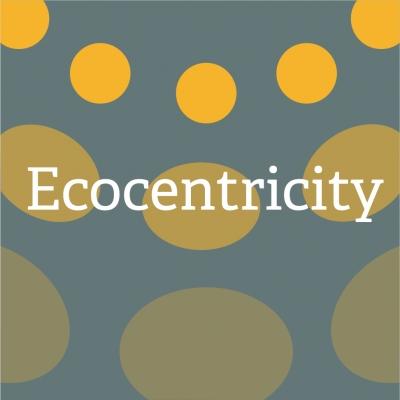Ecocentricity Blog: Math Without the Numbers
By: John A. Lanier

Ecocentricity Blog: Math Without the Numbers
The bottom line; get to the heart of the matter; synopsize (definitely didn’t know that was a word); put in a nutshell; recapitulate (oddly, does not mean to “capitulate again”); boiling it down; and summing it all up.
Seriously, do we need so many different ways to say the same thing? Heck, there were more I could have added to the list! You’d think a plain-and-simple “summarize” would suffice. For anyone who is learning English as a second language, you have my sympathy. It must be impossible to keep up with all the different words and phrases we have for the same thing.
Of my list there, pick whichever one strikes your fancy and that’s what I’m going to try to do with the rest of this post. As I shared last week, we’ve got a book coming out! In the coming weeks, I want to explore various chapters and themes in that book. In this post, I am going to try to encapsulate (there’s another one) the original seven chapters that my grandfather wrote in 1998.
I actually underestimated the challenge of that. Much of the last 30 minutes of my writing has consisted of me staring off into space at my local coffee shop. There’s so much that is important in what he wrote! How can I possibly provide an abstract? (Ding! Got another in.)
At the end of the day though (teehee), I think it all comes down to this (teehee again): Ray’s revised IPAT equation.
In chapter one, Ray introduces the Paul and Anne Ehrlich environmental impact equation, and he then revisits it multiple times throughout the book. Dating to the 1970s, the original equation reads I = P x A x T, or “negative environmental impact” equals “population” times “affluence” times “technology.” The equation is meant to be theoretical rather than an actual calculation, simply indicating that environmental impact tends to increase as population increases, consumption per person increases, and destructive technological practices proliferate.
Ray’s sustainability vision for Interface was for it to rewrite the IPAT equation. He believed that the harmful technologies of the first industrial revolution, extractive and polluting by nature, could be replaced by the technologies of a new, sustainability-focused industrial revolution. Calling these T2 technologies, Ray moved the T from the numerator of the equation to the denominator of the equation:
I = P x A
T2
Thus rewritten, the proliferation of these new technologies will decrease environmental impact, rather than increase them. It was a beautifully elegant and simple change, and it has stood the test of time in the decades that followed the first time that Ray conceived of it.
Since then, the people of Interface have worked tirelessly to do two things. First, they’ve worked to adopt currently existing T2 technologies when available and pioneer new ones when not. Second, they’ve sought to prove that in doing so, they’ve discovered a new and better way to run a business, and the results have been staggering. More on that next week.

